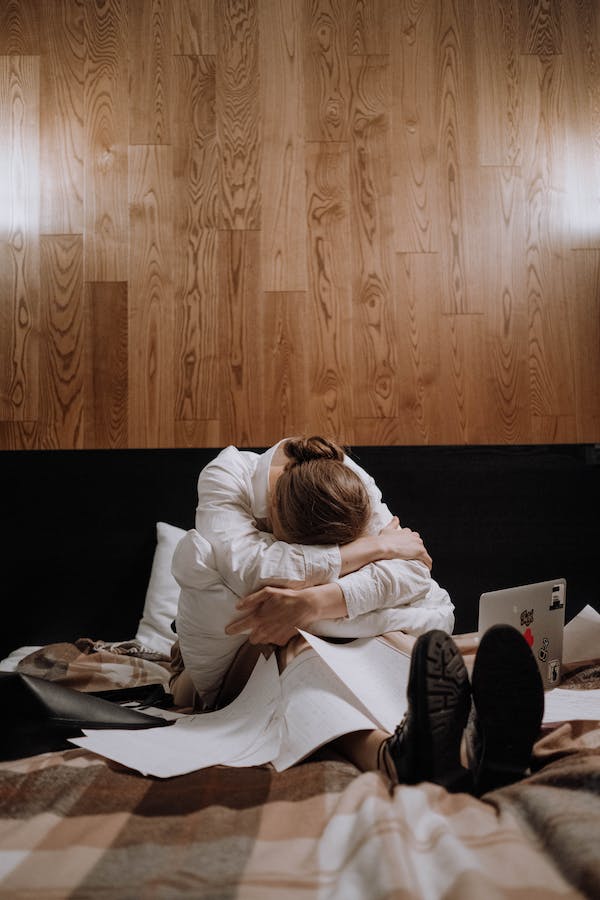When it comes to taking care of ourselves, our mental health is often on the back burner. As it turns out, recovery style is an important part of overall well-being. Recovery style is a form of self-care – the methods we use to stay healthy in a physical and emotional manner. These strategies help us to reduce stress, heal from tough experiences, and maintain a sense of balance.
Recovery style is just as important as exercise, sleep, and nutrition when it comes to achieving a healthy lifestyle. But what is recovery style? It is the set of skills, habits, and perspectives that help us to manage our physical and mental health. It’s about learning to take care of ourselves in a sustainable manner so that we can remain resilient and be prepared for the challenges life throws our way.
Recovery style is about learning to nurture and care for ourselves. It involves creating healthy habits and coping skills, setting healthy boundaries, and using our creativity and imagination. Additionally, it’s important that we practice self-compassion and mindfulness, and cultivate positive relationships. Recovery style also encourages collaboration with our supports, such as our friends, family, or professionals, and seeks to identify activities that are meaningful and enjoyable.

When we are creating a recovery style, it is important to recognize our individual strengths and needs, and build on them. Different people have different recovery goals and strategies, so it is important to approach recovery style as a personal experience.
One of the most important aspects of recovery style is creating a self-care routine. Self-care needs to be regular and reflective of our individual wants and needs. It’s important to prioritize self-care activities into your life, and if necessary, adjust your lifestyle to make time for it.
Self-care activities might include spending time in nature, getting exercise, participating in hobbies or activities that bring joy, getting enough sleep, or practising relaxation techniques such as deep breathing or progressive muscle relaxation. It’s important to try different activities and identify what works for you.
It’s also important to develop a plan for coping with stress. For a lot of us, stress and anxiety are part of our daily lives. Incorporating structure into our life can help us to regulate and reduce stress. It can involve breaking down tasks into manageable parts, setting boundaries, creating a schedule of activities for the day or week, or trying to engage in calming activities.
It is also important to focus on positive relationships by being open and authentic. When we build positive and meaningful relationships, it helps us to build self-esteem, get our needs met, and learn new skills. Additionally, the people we connect with can act as a support system, helping to build our resilience and improve our mental health.
Finally, recovery style is about finding meaning and joy in our lives. Identifying meaningful and enjoyable activities gives us purpose. It could include finding a hobby or activity, volunteering, and spending time with those we care about. Also, asking for help when we need it is a key part of recovery style. Whether it’s reaching out to a friend, connecting with a mentor, or seeking professional help – acknowledging that we are not alone is an essential part of recovery style.
Overall, creating a sustainable and meaningful recovery style is an important part of our overall mental health and well-being. Taking the time to identify our needs, interests, and strengths, and incorporating self-care, stress-reduction strategies, and meaningful activities into our lives is essential. With the right support and self-awareness, we can create our own individual recovery style that works for us.